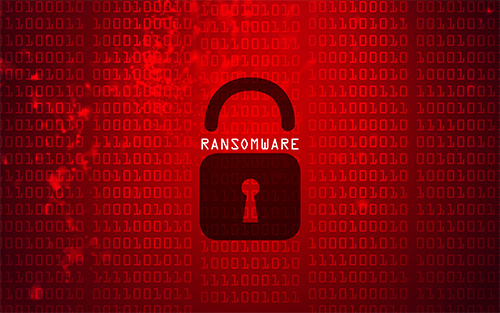We—you, me and everyone from trainees to CEOs—are still the weak spots. When hackers became better at attacking our people than our networks, email became the central front in the war on cybercrime. It’s still where most problems begin, encompassing a broad threat spectrum ranging from old-fashioned spam to business email compromise (BEC) attacks.
The Email Security Paradox
Even though email is the tip of the spear in most attacks, it’s often treated as an add-on or a different solution entirely to network and cloud security. Compartmentalization of this sort often happens in small and medium businesses (SMBs), which tend to scale their systems and software as their companies grow. It works out OK (if not optimally) in some domains, but since cyberthreats are multidimensional, piecemeal security solutions are recipes for failure.
Even in enterprises, email security is a top worry among security managers. They don’t think their solutions are up to protecting their organizations from major threats like ransomware, phishing, BEC, zero-day and other attacks.
An ugly truth in the cybersecurity world is that, from functionality and architectural standpoints, email security can be an add-on from security vendors, too, even if it’s branded and packaged together. Is it better than no email security at all? Of course. But email security that’s not integrated into a cohesive security framework isn’t up to today’s threats—especially with the complexities of endpoint protection and work-from-anywhere business models.
The Three Components of Superior Email Protection
The good news is that you can dramatically boost your clients’ protection with careful vendor selection. Here are three attributes to look for:
- Email Security Integrated Into the Security Fabric. Since email is a focal point of attacks, your clients need an email security platform that sits within—not outside of or an extension of—a security fabric that delivers end-to-end protection. Fortinet provides a great primer on this issue in this two-minute explainer: Fortimail.
- Superior Threat Intelligence Within the Security Fabric. As we noted in our recent post on fighting AI with AI[CF1], the quality of your security solution’s threat intelligence and coordinated response matters. Your clients’ security solutions should embed world-class threat intelligence within their email security suite.
- Same-vendor Security Awareness Training. Security awareness training (SAT) is essential to securing the human side of the cyberthreat equation. Choose a vendor that can deliver the tech and the training in concert.
Takeaways
In cyberdefense, the more coordination, the better. Arming your clients—and your MSSP—with a single-provider solution that delivers the right solution in the right context from the right architecture isn’t just happy talk and marketing speak. When orchestrated correctly, those components drive substantial security improvements.

